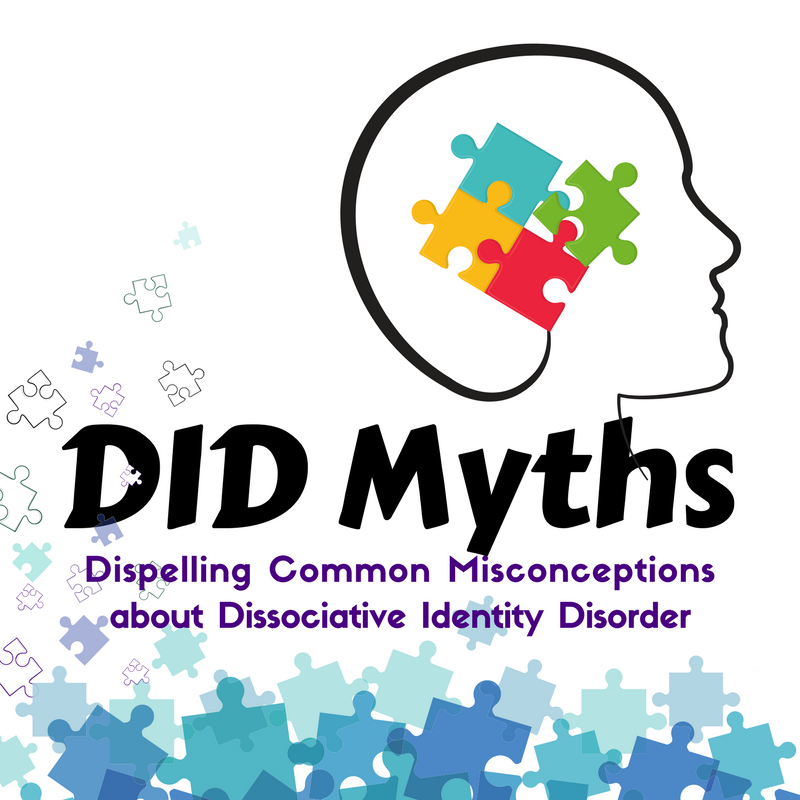There are several myths about autism that have survived scientific progress across the social field, these beliefs are widespread and instead of helping to generate a correct picture of people with autism and the disease itself, they perpetuate an inappropriate and erroneous pattern of the disorder.
These are preconceived ideas that pose adaptation barriers for people with Autism Spectrum Disorder (ASD). That is why it is essential to review the most common myths; thus, the goal will be to reverse them and facilitate the closest possible view to reality.
- Mrs.
- Williams.
- Diagnosed with high-level autism.
- Said that “autism is not like a puzzle in which one piece is missing.
- But as several different puzzles.
- With too many pieces and too few.
- “.
There is no reason for people with ASD to turn away from others, reject contact, or constantly seek loneliness. In fact, many children love contact games, caresses and tickles. In addition, many adolescents and tweens want to belong to a social group with which they identify and share moments, disenies and interests.
Perhaps because their understanding of the social world is different and they have difficulty developing normative social skills, social relationships generate anxiety, some reactions may make us believe that their condition makes them preventable, but they are not, sometimes they can behave evasively to avoid tensions, but that is not something that characterizes these people.
We have a responsibility to make social relationships less stressful. For example, eye contact is uncomfortable in many cases and we should not demand it or ridicule the tendency to look away.
“I hear better when I’m not looking at you. Eye contact is awkward. Will people never understand the battle I face to do this?-Wendy Lawson-
We may feel that people with autism do not connect, however, what happens is that your connection has another port, another way of agreeing, accepting that not only our way of reporting and taking an interest in the world is correct is the first step in understanding this condition.
Rejection ulcers can lead to the development of conditions such as depression and anxiety in people with autism spectrum disorders. Feeling different and excluded can lead to immense emotional pain, especially from adolescence, where desire for relationship can become more relevant.
“Recognize that we are also strangers to each other and that my way of being is not just a deteriorated version of yours. ” – Jim Sinclair-
It is one of the most common and harmful myths about autism. Its origin lies in the fact that its way of expressing emotions and feelings is different or unconventional; however, this does not mean that affectivity is an area that does not exist in people with autism.
People with autism may have difficulty expressing their feelings or expressing themselves in a socially appropriate way, but that doesn’t mean feelings and emotions aren’t present, they love their loved ones, and they feel sadness and joy, as well as the full range of emotions. and feelings that exist.
Aggression, self-lensive behaviors and other behavioral problems are not typical symptoms of autism, although there are people who exhibit such behaviors at any given time, it should not be forgotten that this reality is due to the lack of media.
When others don’t understand us or don’t know how to express in words or actions what we want, feel or just care about ourselves, people tend to exhibit aggressive behavior, this happens in any condition, whether it’s autism we’re talking about or not.
For example, children with normotypic development tend to have intense tantrums around age 2 to 4, in fact, right now, their mind is ahead of their ability to expression and therefore the understanding of the environment is less than desired and expected.
This is just one example that helps us understand that expressive capacity and communicative resources go hand in hand with our behaviors and the emotional expression we produce through them.
“When the tantrums started and the visit ended, we had another horrible afternoon and another sleepless night. It’s not always easy to live with those who don’t understand autism or, worse, those who always think they know more than others. ?. – Hilde de Crercq–
This myth has been perpetuated by series such as “The Big Bang Theory”, in which the protagonist, Sheldon, manifests typical symptoms of the autism spectrum combined with a great logical-mathematical skill. In addition, it has now been said that people with great skills like Lionel Messi or Robbie Williams have autism diagnoses, especially Asperger’s syndrome.
Far from going into a debate about whether this claim is not correct, we should know that only 10% of people diagnosed on the autism spectrum have skill traits in a specific area. A person diagnosed with ASD should not be expected to be a genius. This expectation can lead to great frustration and a sense of inefficiency and failure in both the family and the diagnosed person.
Everyone with autism progresses and learns throughout their lives. Some people have a faster pace than others, but they all advance in different areas of development.
It is therefore very important that all people, regardless of their condition, receive the best possible education, being an inclusive education that offers the opportunity to develop in an environment adapted to their needs.
“The constant change of things has never given me the opportunity to prepare for it. Is that why I liked to do things over and over again?-Donna Williams-
As we have said, these are six of the main myths about autism, and even among health and education professionals there are myths that alter our perception of this condition, so it is essential to put our knowledge into practice and carry them out. responsibility to eradicate the prejudices that limit the development of these people.

